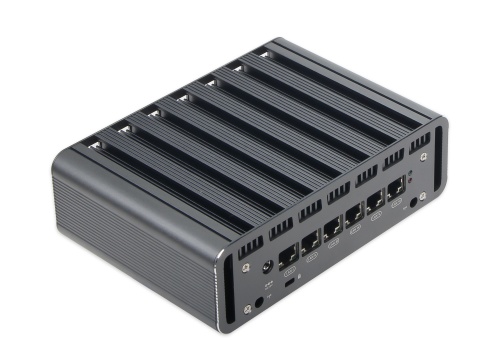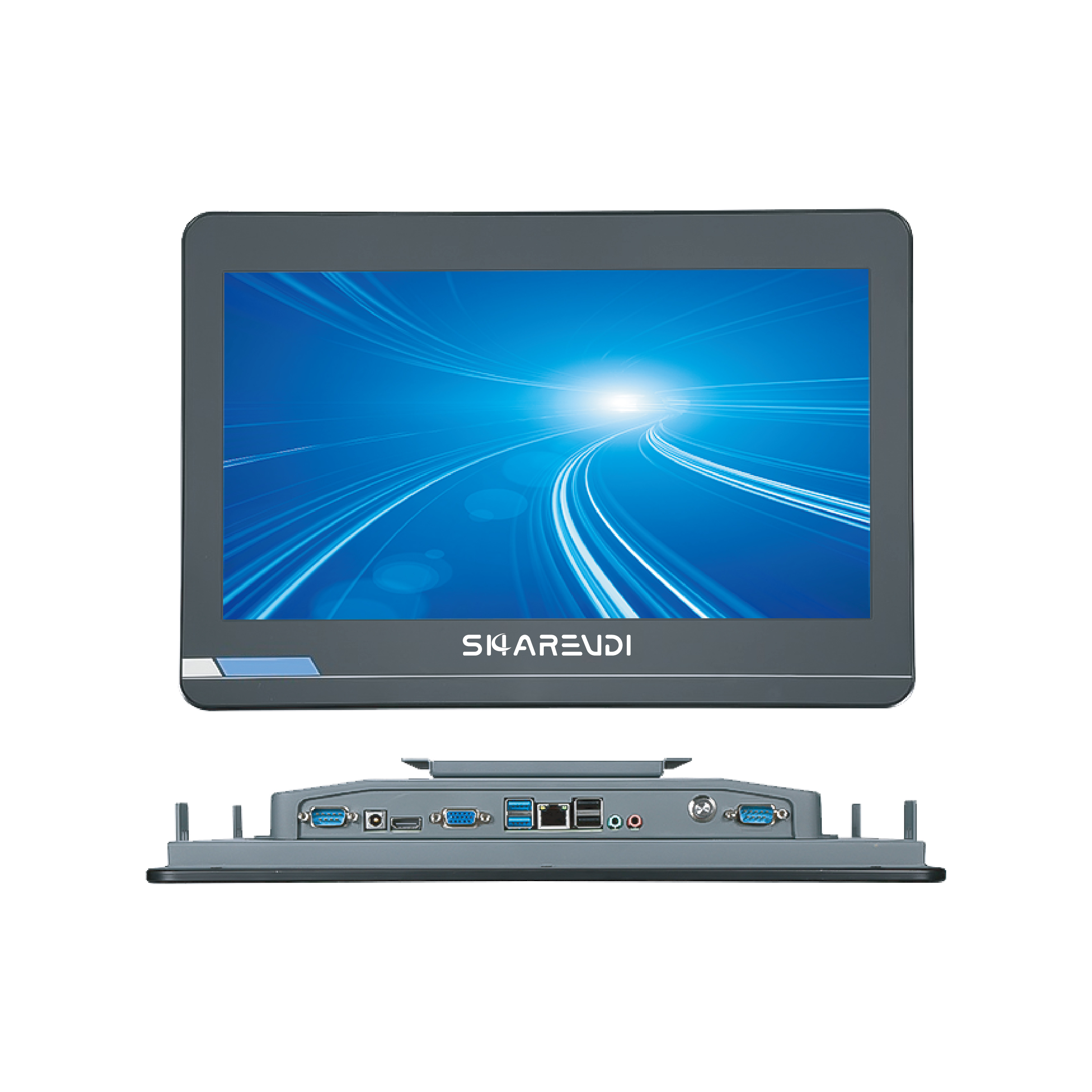
In a world where data centers are projected to consume 20% of global electricity by 2025, the role of efficient computing solutions has never been more critical. Among these solutions, rackmount pcs have emerged as a pivotal player in optimizing space and performance within server environments.
The Characteristics of Rackmount PCs in the Market
Rackmount PCs are specifically designed for installation in standard server racks, providing an effective solution for organizations seeking to maximize their hardware efficiency while minimizing physical footprint. These systems typically feature robust build quality and modular designs that allow for easy upgrades and maintenance. In terms of market attributes, rackmount PCs cater primarily to enterprise-level clients who require high-density computing power alongside reliable thermal management. Furthermore, they play a significant role in Demand Forecasting Techniques by enabling businesses to predict resource needs accurately based on historical usage patterns and anticipated growth trajectories.
The Role of Mini PCs in Demand Forecasting Techniques
Mini PCs represent another segment within the broader category of compact computing solutions but differ significantly from traditional rackmount systems. Their smaller form factor allows them to be deployed across various environments—from home offices to small business settings—where space is at a premium. When it comes to Demand Forecasting Techniques, mini PCs can facilitate agile responses through real-time data analytics capabilities that help organizations adjust their operational strategies swiftly based on fluctuating demand signals.
A Detailed Examination of ShareVDI’s Features in Demand Forecasting Techniques

- Scalability: ShareVDI offers scalable virtual desktop infrastructure (VDI) solutions that adapt seamlessly as user demands change over time.
- User Behavior Analytics: It employs advanced algorithms that analyze user behavior patterns, allowing companies to forecast future resource requirements with greater accuracy.
- Centrally Managed Resources: By centralizing resources within its architecture, ShareVDI enables better tracking and forecasting capabilities regarding system utilization rates.
- Simplified Deployment: Its streamlined deployment process reduces lead times when scaling up or down according to demand fluctuations.
- Cohesive Integration: The integration with existing IT infrastructures enhances overall forecasting precision by leveraging historical data effectively across platforms.
A Conclusion on Rackmount PCs’ Role in Demand Forecasting Techniques
This analysis underscores the significance of rackmount PCs not only as essential components within modern data centers but also as vital tools for enhancing Demand Forecasting Techniques. Their ability to provide high-performance computing while facilitating accurate predictions about resource allocation positions them favorably against competing technologies like mini PCs and specialized VDI solutions such as sharevdi. As we move forward into an increasingly digital landscape, understanding these dynamics will be crucial for stakeholders aiming at optimizing their technological investments efficiently.
